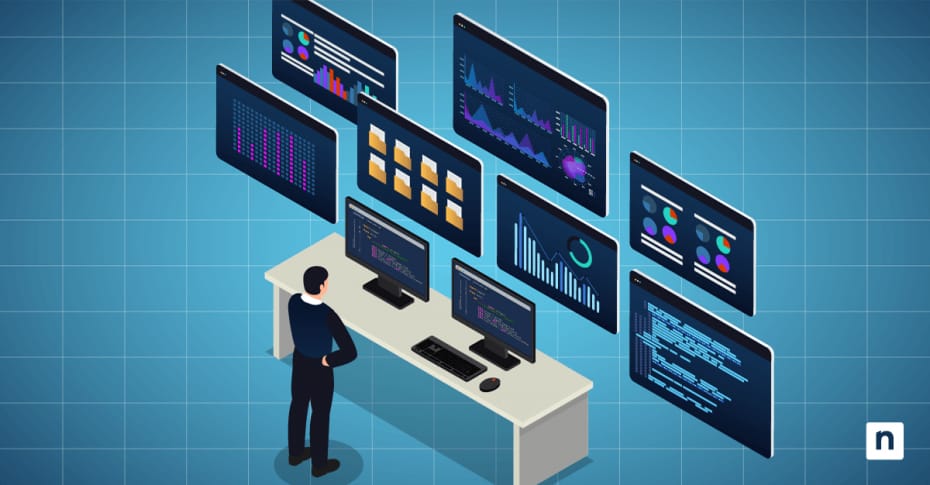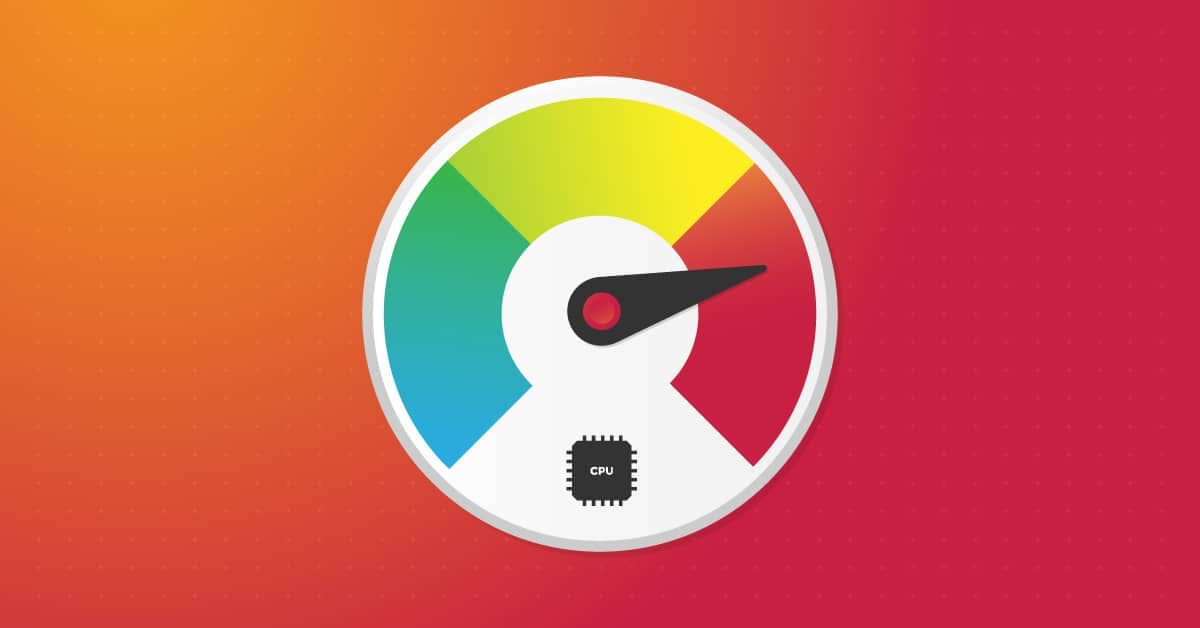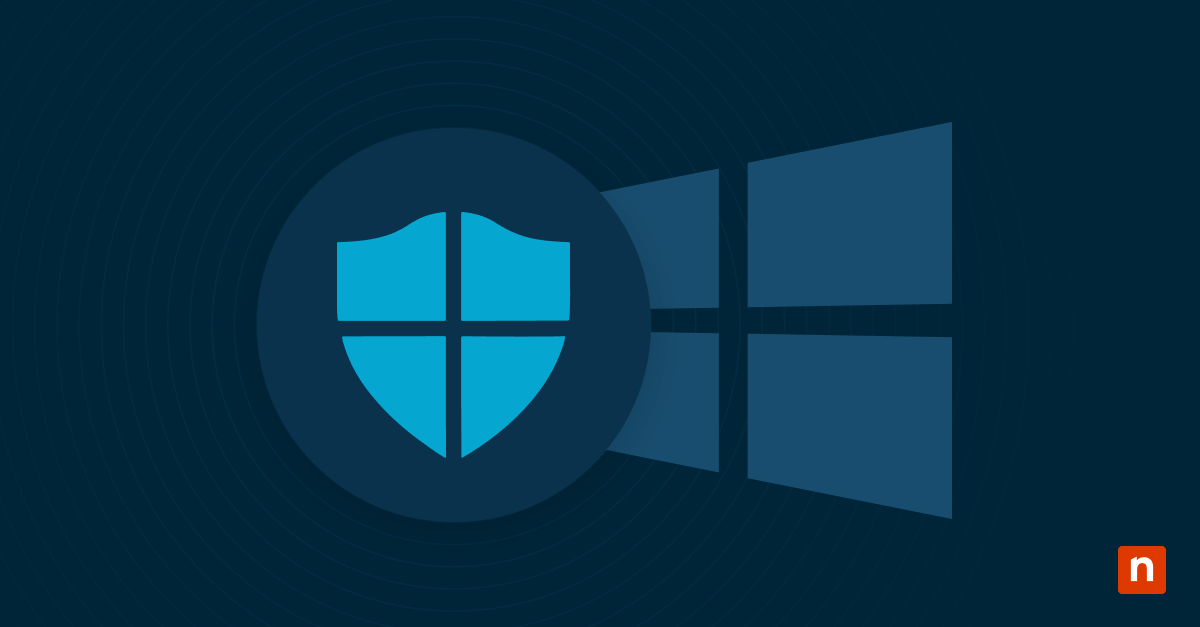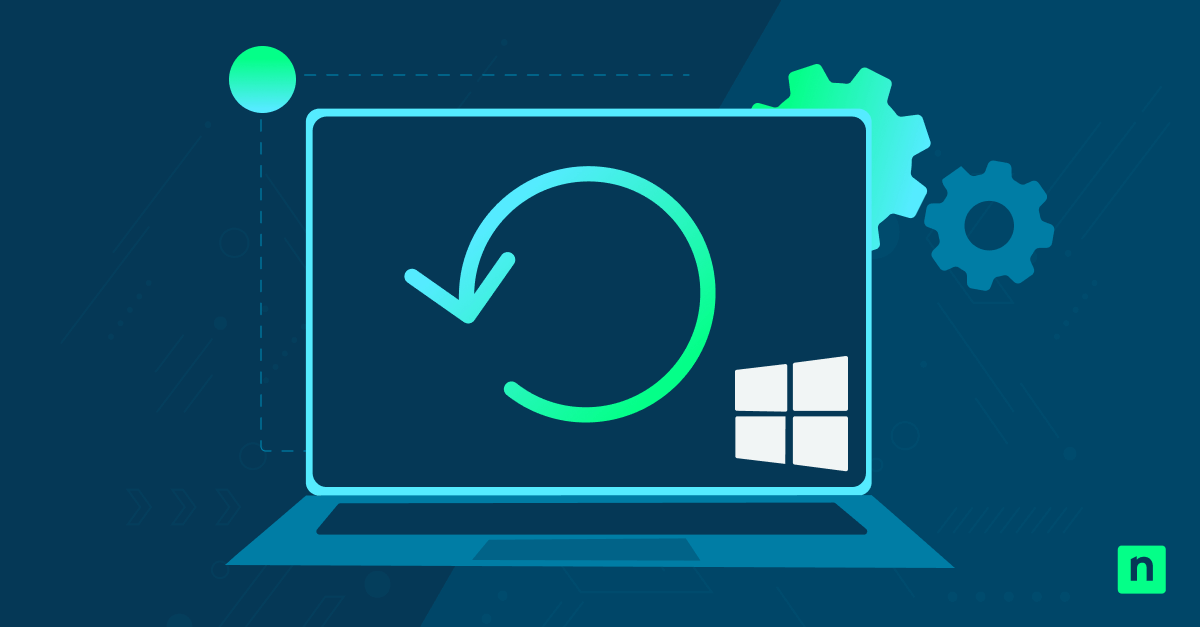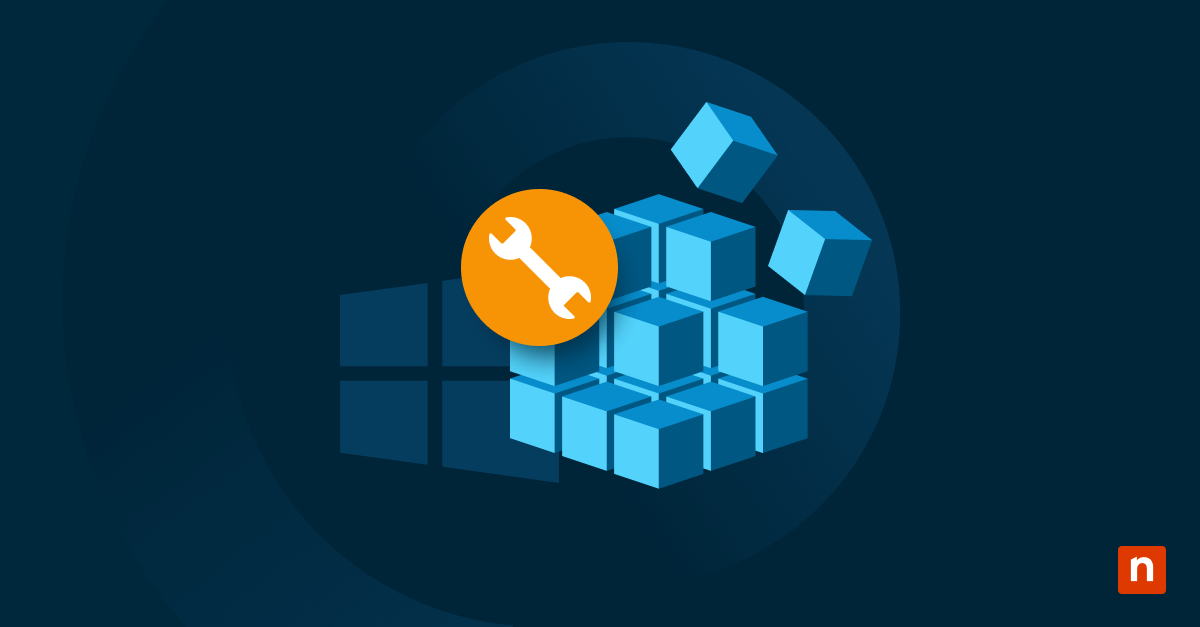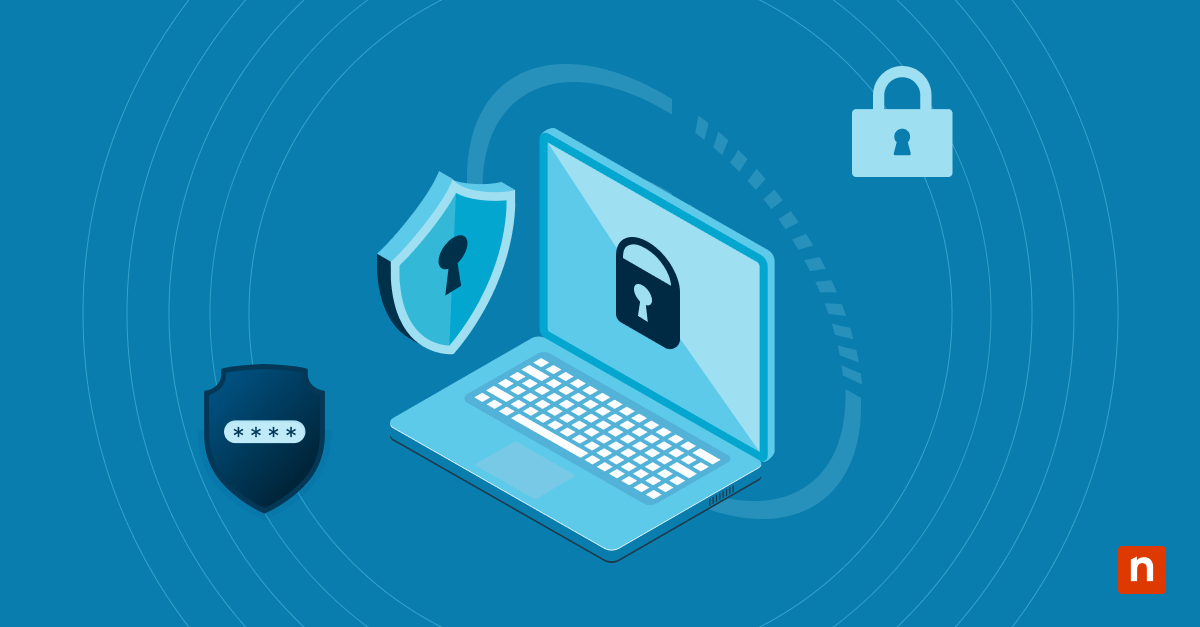In this article, you will get a thorough guide about exploring IT Systems Monitoring. A well-functioning IT system is essential for any successful business. From the smallest startup to the largest enterprise, your organization relies on a complex network of technologies to deliver services, manage data and support operations. However, with this reliance comes the need for vigilant oversight to make sure these systems run efficiently, securely and without interruption.
What is IT system monitoring?
IT systems monitoring is the process of tracking and managing the performance, availability and overall health of your organization’s IT infrastructure. This includes servers, networks, databases and applications. By continuously monitoring these components, you can detect issues early, optimize performance and maintain a stable IT environment. Using specialized tools and software that collect and analyze data from various IT assets, you can ensure that everything operates smoothly.
Importance of IT system monitoring
Monitoring IT systems helps maintain your business’s operations by preventing downtime, improving reliability, strengthening security, and supporting informed decision-making. Without effective monitoring, you risk facing unexpected outages, security breaches, and performance bottlenecks, all of which can have significant consequences, including financial losses and damage to your reputation.
Common setbacks and difficulties in IT system monitoring
While the benefits of implementing and maintaining an effective IT systems monitoring strategy are clear, you may encounter challenges that can hinder the effectiveness of your monitoring efforts. Understanding these common difficulties can help you prepare for and overcome them, ensuring that your monitoring strategy remains robust and effective.
Resource constraints and IT staff overload
One of the most significant challenges in IT systems monitoring is the strain it places on IT staff and resources. Monitoring tools generate vast amounts of data that need to be analyzed and acted upon. Without sufficient personnel or resources, IT teams can become overwhelmed, leading to delayed responses or missed alerts.
This is particularly problematic in smaller organizations where IT staff are often required to wear multiple hats, making it difficult to dedicate the necessary time and attention to monitoring tasks.
Complexity and integration issues
Monitoring solutions must be capable of handling a wide range of devices, applications, and networks, often requiring custom configurations or additional integrations to function effectively. In some cases, legacy systems and outdated infrastructure can complicate monitoring efforts and create integration issues as they may not be fully compatible with modern monitoring tools.
Alert fatigue and information overload
Another common issue in IT systems monitoring is alert fatigue, where IT staff become desensitized to the constant stream of alerts generated by monitoring tools. When too many alerts are triggered, especially if they are of low priority or false positives, it can lead to important issues being overlooked. This is a dangerous situation, as it defeats the purpose of having a monitoring system in place.
Budget constraints
Budget constraints can be a significant setback when it comes to IT systems monitoring. High-quality monitoring tools, especially those with advanced features like real-time analytics, automation, and integration capabilities, often come with a hefty price tag. Additionally, the costs associated with training staff, maintaining infrastructure and upgrading tools can quickly add up.
Resistance to change
Lastly, resistance to change can be a major barrier to successful IT systems monitoring. This resistance can come from within the IT team itself or from other parts of your organization.
Implementing new monitoring tools or strategies often requires changes to existing workflows, additional training and a shift in mindset towards proactive maintenance rather than reactive problem-solving.
IT system monitoring best practices
To get the most out of IT systems monitoring, it’s important to use the best practices that align with your business needs and goals.
Setting up alerts
Alerts are essential for proactive IT monitoring. They notify IT staff when something goes wrong or when a component’s performance deviates from normal parameters.
It’s important to set up alerts that are both actionable and prioritized and avoid overloading your team so critical issues aren’t overlooked. Configuring alerts with appropriate thresholds and escalation paths guarantees that the right people are notified at the right time.
Regular performance reviews
Regularly reviewing the performance of your IT systems is key to identifying trends, performance issues and areas for improvement. This involves analyzing data collected by monitoring tools to make certain systems are running efficiently.
Performance reviews should focus on key metrics such as CPU usage, memory utilization, network traffic and application response times. These reviews let you uncover and proactively address potential problems before they impact operations.
Ensuring security and compliance
Security is a top priority for any organization and IT systems monitoring plays a critical role in safeguarding your infrastructure. Continuous monitoring helps detect potential security threats and makes sure that your systems comply with industry regulations and internal policies.
This includes monitoring for unauthorized access attempts, unusual traffic patterns and compliance with standards like HIPAA or GDPR. Regularly updating your systems with the latest security patches and reviewing security logs are also essential practices.
Documenting procedures
Thorough documentation is often overlooked but is vital for effective IT systems monitoring. Proper documentation ensures that IT staff understand the monitoring strategy, the tools in use and the procedures for responding to alerts.
Detailed information on alert configurations, escalation policies and step-by-step instructions for resolving common issues should also be included. Clear documentation helps maintain consistency and efficiency in handling IT incidents.
Tools and resources for IT systems monitoring
Choosing the right tools and resources is crucial for implementing an effective IT systems monitoring strategy. There are many options available, each with its strengths and features.
Popular monitoring tools
Some widely used IT monitoring tools include:
- Nagios: An open-source tool known for its flexibility, It allows comprehensive monitoring of servers, networks, and applications.
- Zabbix: Another open-source tool, Zabbix offers real-time monitoring, data visualization, and alerting capabilities, making it suitable for both small and large environments.
- SolarWinds: A commercial solution, it offers a range of monitoring tools, including the popular Network Performance Monitor (NPM). SolarWinds is known for its ease of use and extensive features.
- Prometheus: An open-source monitoring tool designed for large-scale monitoring of systems and microservices, Prometheus offers powerful data querying capabilities.
Community resources
In addition to tools, there are many community resources available to help you refine your IT systems monitoring strategy. These include forums, documentation and open-source projects where IT professionals share their experiences and solutions. Participating in communities like Reddit, Stack Overflow and GitHub can provide valuable insights into the latest trends and techniques in IT systems monitoring.
Taking action on your IT system monitoring strategy
Once you have a comprehensive understanding of IT systems monitoring, it’s time to take action and develop a strategy that aligns with your business goals. This involves assessing your current IT environment, setting clear objectives, selecting the right tools, configuring alerts, and establishing procedures for regular reviews and updates. Focus on continuous improvement to ensure that your monitoring strategy evolves alongside your business.
To effectively monitor your IT systems and make sure your organization stays ahead of potential issues, consider implementing a robust monitoring solution. NinjaOne offers comprehensive IT monitoring software that simplifies the complexities of IT systems monitoring. Ready to see the difference? Start your free trial today and experience how NinjaOne can help you manage, monitor and secure your IT environment with ease.

